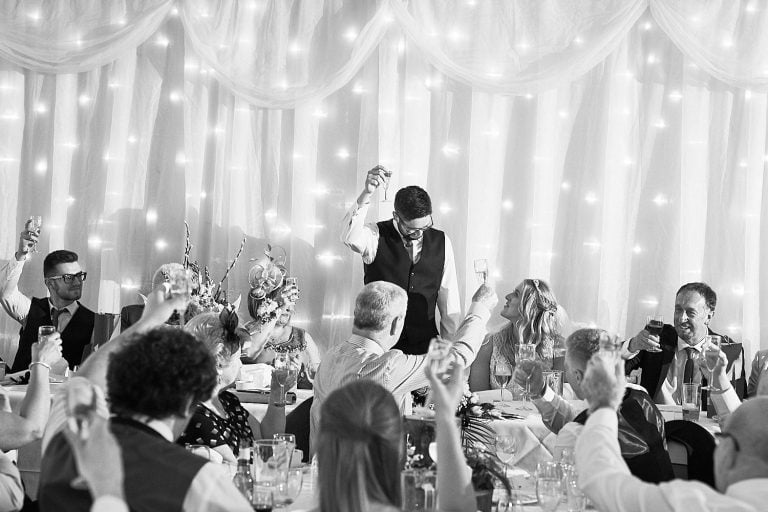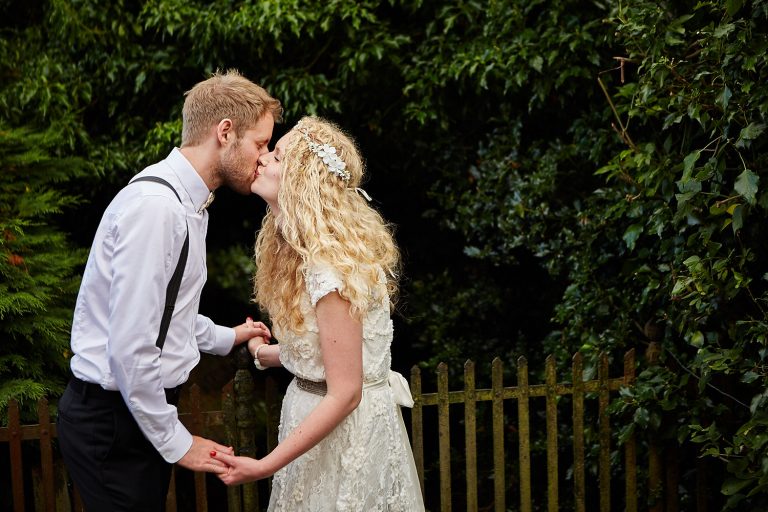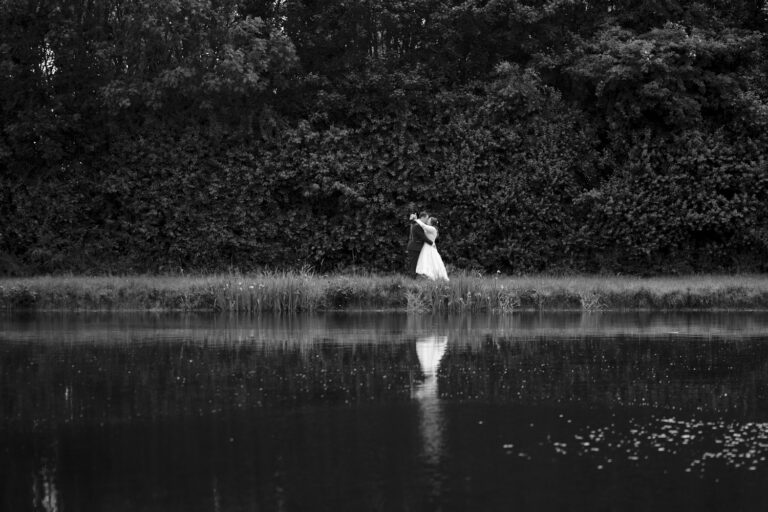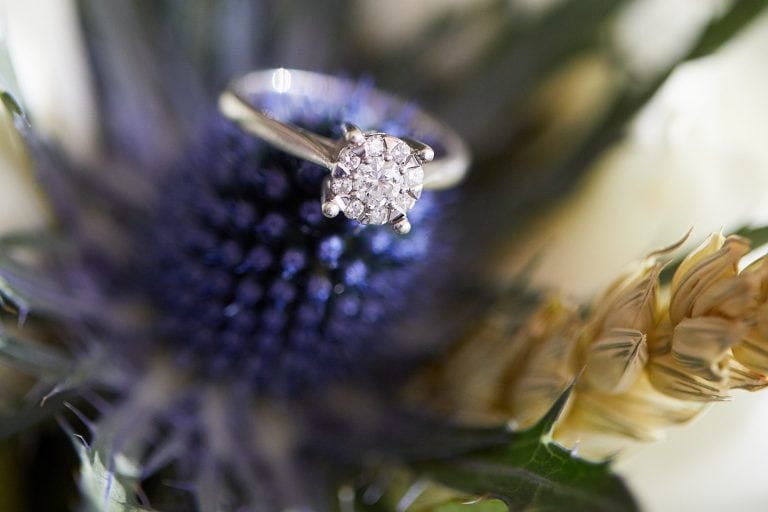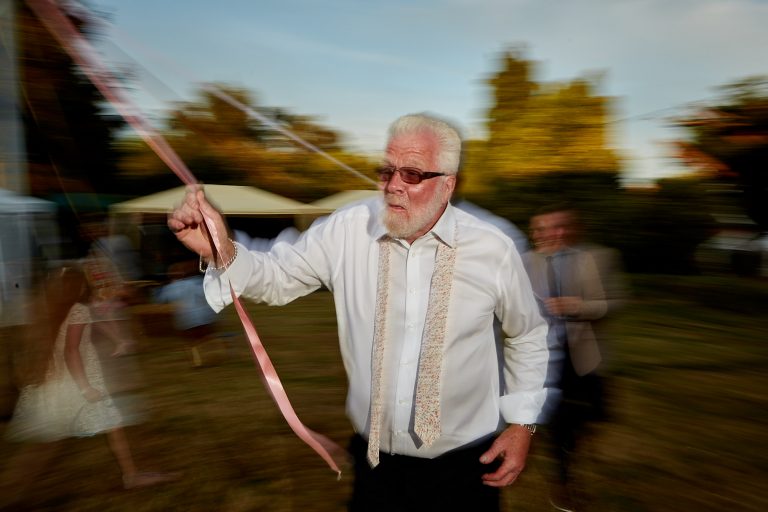Backing up Your Wedding Photos. AKA Why we Are Nerds About Backups (and why you should care)
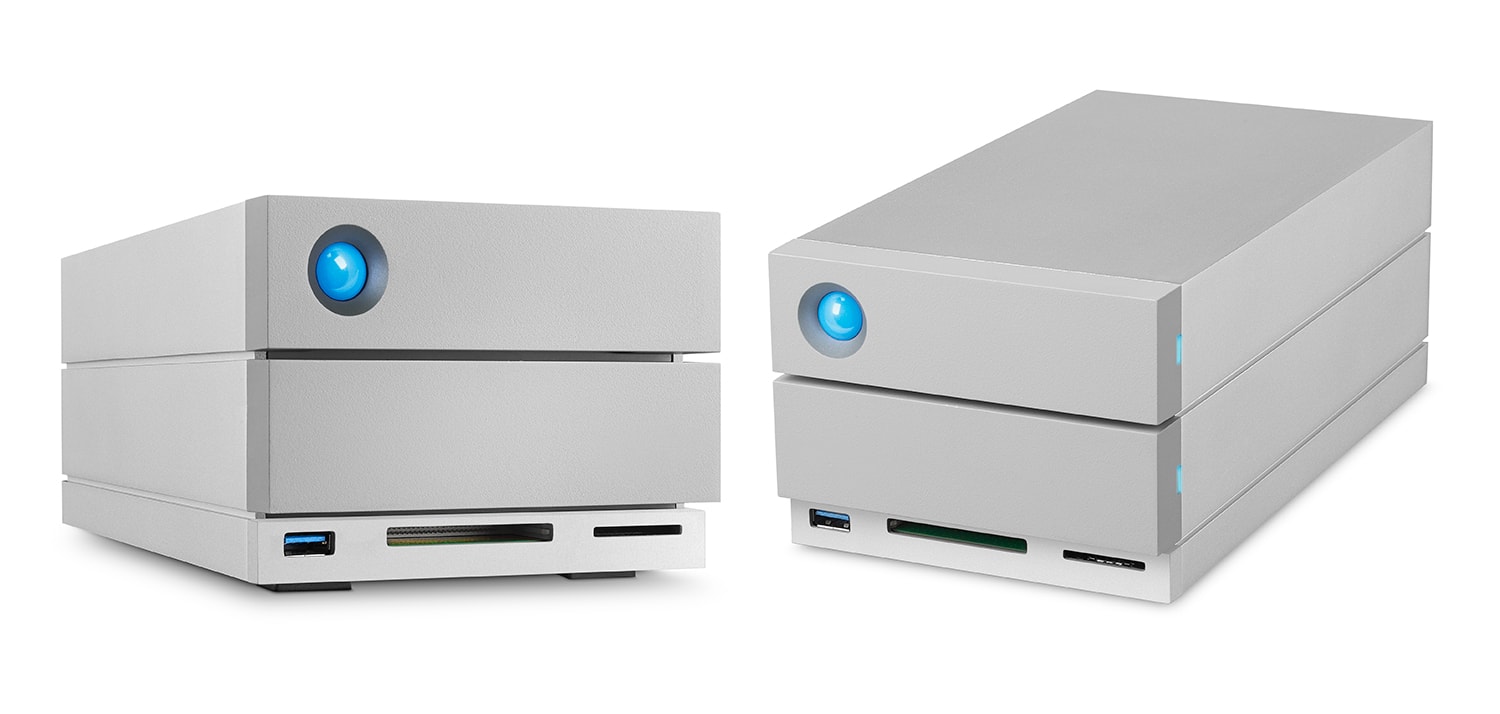
Backing up your wedding photos is not cool. It is not anywhere near as cool as a blog post about a styled shoot or some glamorous destination wedding, but it is way more important.
This whole post is one that came about due to an email from a previous client who had the worst thing happen. They had lost some of their photo files due to a failed computer and asked if I still had them. Luckily, we are (very) nerdy when it comes to backing up your wedding photos and we were able to put a smile back on their faces.
It did make us think though, how many non-photographers have a backup strategy for their wedding photos? How do you look after the beautiful images from your wedding day? Or those holiday photos from that dream trip? If the answer is nothing much, you may want to think again. Luckily, this blog post is here to help with how to keep your digital memories safe.
To put things in perspective, we read a study about the rate of hard drive failures (see I told you we were nerdy!) which had some interesting statistics:
In the first eighteen months of use, a hard drive has a roughly 5 percent failure rate. This means one in every twenty people will have a hard drive fail. By the time a hard drive is six years old (I am sure many of you are reading on a computer approaching that age or older), your hard drive has a fifty-fifty chance of failing every time your turn your computer on. The study also showed that 54% of people had a close friend or family member who had lost data in the previous 12 months.
When a drive does fail, it is a very expensive process to recover data from the drive and unfortunately, it is not always successful. This means that five years of memories can disappear in the blink of aneye.
Think about this in terms of what photos you have taken in the last 5 years and their importance. Some of you will have seen your children grow up. Some of you will have got engaged, got married and been on the honeymoon you always dreamed of. To lose all your photographic and video memories of this are heartbreaking. This doesn’t even take into account all your music and documents etc.
Our lives are so digital today, that losing a hard drive is something that most would describe as catastrophic. When asked what they feared losing most, everyone had the same answer, photos and videos of their family and friends.
Hopefully if you haven’t already, you are thinking of creating a backup strategy. But, how do you make backups? what is the best strategy? What can you do to protect your memories? In this photo tip Tuesday, we will concentrate on backing up photos and videos, but the same strategy can obviously be applied to any important data you may have.
THE OPTIONS
There are three main options when it comes to backing up your wedding photos. Local, offsite and cloud based. Which is best for you and What will it cost? Surprisingly, it is less than you may think. So we will look at each of these concepts and the pro’s and cons.
LOCAL BACKUP (EXTERNAL HARD DRIVE)
This is a simple and easy method of storage that many are familiar with. An external hard drive is usually available in sizes that range from 500GB to 4TB.
The current sweet spot in terms of best value for money is a 1TB external drive. These can be bought for around £60. This will give you the ability to backup your wedding photos and leave a huge amount of space for photo and video files. To give you an idea of how many photos this equates to, a 1TB drive will hold around 170,000 photos from a standard digital camera*. That means you will be able to store several years of photos from even the most enthusiastic shooter on one of these drives.
You can store hours of HD video to this and still have storage left. The most important thing to remember though when using this size of drive is that if you remove the photos from your computer when you have backed them up, you are again left with one copy of your data. If you remove photos from your computer due to storage issues, you will need to get an additional external drive in order that if one drive fails, you still have a backup in place.
This is the most common type of backup used, but let’s look at the pros and cons of this method.
PROS.
- Cost effective
- Simple to use
- Huge storage for little outlay.
CONS
- If you delete photos from your computer, you will need another drive to have a backup.
- Does not protect you from theft, fire or electrical surge at the house etc.
*Based on 20mp camera shooting in JPEG mode
OFFSITE BACKUP
This method is identical to the one above, but as well having an external hard drive with your computer, you also store a second copy at a different location to prevent issues such as fire, theft etc.
It is great for really important photos (such as your wedding ones), but for the average photographer it is really overkill compared with other methods. We would recommend backing up your wedding photos on an inexpensive pen drive and leaving them with a friend or family member, just in case.
PROS
- Prevents against any potential issues such as fire and theft, etc.
- Another layer of protection.
CONS
- To be practical you need two drives that you swap on a regular basis.
- Time consuming
- Overkill for average user.
CLOUD BACKUP
With the rise of ultra-fast broadband, this option is a much more sensible option than it used to be. Cloud storage is simply storing the data via the internet. There are three main players in this field for the home user:
With these methods, you upload your images and they are stored for you online. With modern internet the process is not hugely time consuming and can easily be left to do its thing whilst you sleep, go to work, etc.
These systems automatically have their own backups in place. This is a great option, but they have a monthly cost associated with them. They are not unreasonable, the price below is for 2TB of storage.
Dropbox: £7.99
iCloud £6.99 (Also available is 50GB for £0.79 per month)
Google Drive £7.99 (Also available is 100GB for £1.49 per month)
When you look at it over a year, it is little more than a 1TB hard drive, but obviously this payment is ongoing. The smaller packages offered by iCloud and Google drive are great value and a good amount of storage. If you are Apple based, I would personally recommend iCloud as the integration into their system is really well done. Obviously conversely if you are PC I would steer more towards Google Drive or Dropbox.
PROS
- Data is backed up by your cloud company.
- Accessible from anywhere with an internet connection (ideal when you are over at aunties and you want to show her photos from your wedding).
- Little initial cost
CONS
- Risk of data being hacked. In reality though, this risk is tiny and less than the chance of fire or theft from your house.
- Monthly Costs adds up over time.
- Can be time consuming if you do not have super fast broadband.
RECOMMENDATIONS FOR BACKING UP YOUR Wedding PHOTOS
Well, we have looked at the three main ways you can backup your wedding photos (and other), so let’s finish with recommendations of what we would advise as a good backup strategy.
RECOMMENDATIONS FOR GENERAL PHOTO BACKUP
Our recommendation for backing up your photos and videos are as follows
- Invest in an external hard drive (two if you have limited storage on your computer)
- Import photos to computer.
- Copy photos to your external drive once you have imported them into the computer.
- Get a free 15GB Google Drive account ( or larger storage account for a monthly fee)
- From each set of images, pick your favourites. Put these images in a named folder, e.g. 2016 holiday favourites.
- Upload the favourite images from your photos to your cloud storage.
- Delete photos from memory card by formatting in camera. We always advise to format memory cards in your camera rather than deleting them when in the computer. It is a simple way of making sure the memory card is in the correct format to shoot. It is something that takes little time and is good practice.
This is a cost effective solution that also gives you extra security for your favourite images. The obvious alternative here is to invest monthly in a online storage system and upload your images and videos there. It is a little more expensive, but adds the security of being away from your home and backed up by your storage provider. I would be wary of having cloud drives as your only method of backup just in case, but this along with an external hard drive is a pretty bomb proof solution which you can get for the same price monthly as a Netflix subscription.
RECOMMENDATIONS FOR WEDDING PHOTOS OR DIGITAL FILES FROM PHOTO SESSIONS
Our recommendations for your wedding images or family photoshoot images are a little different. These are treasured, possibly irreplaceable possessions and should be treated as such. Here is what we would suggest:
- Make a copy of your USB drive with images onto another USB drive which are readily available and cheap. If you have images on CD/DVD we would recommend two USB drive copies as CD/DVD discs last less than USB drives in general and are more susceptible to damage.
- Keep one copy at home and leave another copy in another location (parent’s house etc.)
- Get a free Google Drive account which will give you 15GB of storage. It may be worth creating a specific account just for this purpose.
- For further security enable Google’s two step verification process. There are instructions for this when you create your account.
- Copy files from USB drive to your Google Drive.
This is a pretty bomb proof strategy that you can secure your most treasured images for very little outlay.
ANY SYSTEM IS ONLY AS GOOD AS YOU ARE
Lastly it is important to remember that any backup strategy will only work if you keep on top of it. Keeping yourself organised and using a sensible folder naming structure will always pay dividends in the long term.
OUR WEDDING PHOTOGRAPHY BACKUP SYSTEM.
Obviously, our system is a little more complicated than most, but it relies on the same principles as above. Here is our method of backing up your wedding photos on a full wedding.
BEFORE SHOOTING
Format memory cards in the camera. This wipes all data from the cards and prepares them for use. We do this as routine the night before a shoot to minimise the chance of memory card failure.
WHEN SHOOTING
Our camera takes two memory cards and records copies of each image to both cards at once. This gives an in camera backup of your wedding photos in case one card should fail. Once full, these memory cards are never formatted until the images have been delivered to the client.
END OF THE DAY
Before we go home, we head to a second location where we drop off one of the memory cards from the camera. This means that we have a spare copy in case the worst happens.
IMPORTING IMAGES
When we arrive home, the next stage is to import the images from the remaining memory card to the computer. We have a folder structure for each month, broken down into each photo shoot each with subfolders so that we can find exactly what we want at any time. Once importing has finished, we then back up images to an external hard drive. Finally, we backup everything to cloud storage.
EDITING
When images from a photo shoot are edited, we take a copy of these on a second external hard drive to our second location.
We make sure that the final full size images to go to the client are exported to our computer and backup hard drives.
Using our online image delivery and storage software, we upload full size edited images for the client to this system.
After a year live on this system, these images are archived on the image delivery software, therefore archived in the cloud.
DELIVERY
After the client has received their USB drive with their final images, we finally format the memory cards ready for use on the next shoot. Included on the USB drive is a document which warns clientsabout image failure and the need for them to have their own backup system.
Lastly, we retrieve our backup memory card from the second location, format these memory cards and get them ready for the next shoot.
You see, we warned you we get a bit nerdy about this, but we truly believe that your memories are the most important thing and we do everything possible to make sure your beautiful images are protected. Make sure any potential photographer you meet with has something similar in place!
We also believe that you need to do the same to your family memories. So we will end this back at the start. To avoid the potential of a lot of heartache, please, do yourself a favour and back it up.

